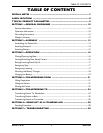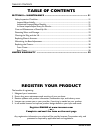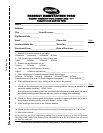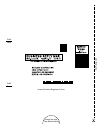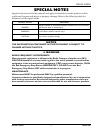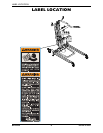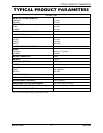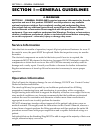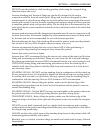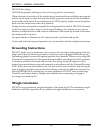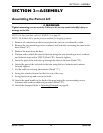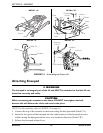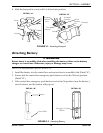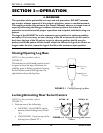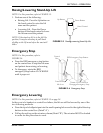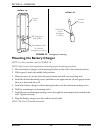
SECTION 1—GENERAL GUIDELINES
Part No 1141431 11 Reliant 440
DO NOT raise the patient to a full standing position while using the transport sling,
otherwise injury can occur.
Invacare Standing and Transport Slings are specifically designed to be used in
conjunction with the Invacare stand-up lift. Slings and accessories designed by other
manufacturers or other Invacare slings are not to be utilized as a component of Invacare’s
stand-up lift system. Use only Invacare standing and transport slings and lift accessories
to maintain patient safety and product utility. Use the sling that is recommended by the
individual’s doctor, nurse or medical assistant for the comfort and safety of the individual
being lifted.
Invacare products are specifically designed and manufactured for use in conjunction with
Invacare accessories. Accessories designed by other manufacturers have not been tested
by Invacare and are not recommended for use with Invacare products.
Before positioning the legs of the stand-up lift around the patient, make sure the patientʹs
feet are out of the way of the footplate, otherwise injury can occur.
Invacare recommends locking the rear swivel casters ONLY when positioning or
removing the sling (standing or transport) from around the patient.
Ensure that casters are free of debris.
Invacare does NOT recommend locking the rear swivel casters of the stand-up lift when
lifting and transferring an individual. Doing so could cause the lift to tip and endanger
the patient and assistants. Invacare DOES recommend that the rear swivel casters be left
UNLOCKED during lifting and transferring procedures to allow the stand-up lift to
stabilize itself when the patient is initially lifted from and transferred to a chair, bed or
any stationary object.
STANDING SLINGS - DO NOT use the standing sling in combination with the stand-up
lift as a transport device. It is intended to transfer an individual from one resting surface
to another (such as a bed to a wheelchair). Moving a person using the standing sling in
combination with the stand-up lift over ANY distance is NOT recommended.
STANDING SLINGS - Before lifting the patient, make sure the bottom edge of the
standing sling is positioned on the lower back of the patient and the patientʹs arms are
outside the standing sling.
STANDING SLINGS - The belt MUST be snug, but comfortable on the patient, otherwise
the patient can slide out of the sling during transfer, possibly causing injury.
TRANSPORT SLINGS - Before lifting the patient, make sure the bottom edge of the
transport sling is at the base of the spine and the patientʹs arms are outside the transport
sling.
DO NOT use any kind of material (such as a plastic back incontinence pad or seating
cushion) between the patient and sling material that may cause the patient to slide out of
the sling during transferring.
ALWAYS use the color coded strap on the standing sling closest to the patient while still
maintaining patient stability and comfort.
Bleached, torn, cut, frayed, or broken slings are unsafe and could result in injury. Discard
Immediately.



